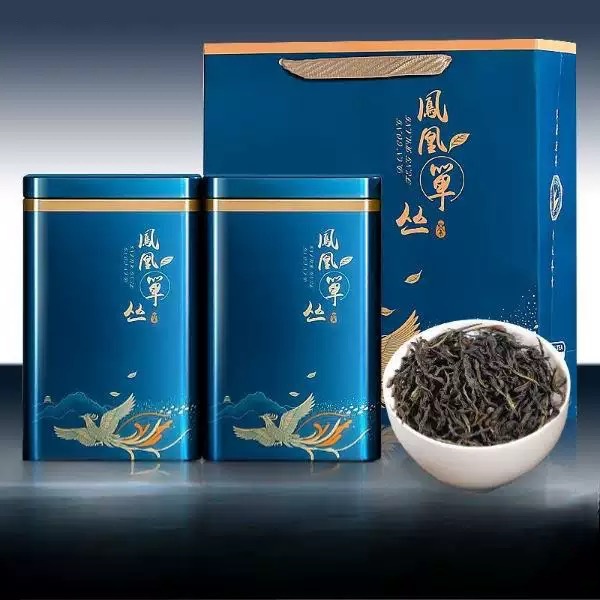
# The Origin and Historical Development of Oolong Tea
## Introduction
Oolong tea, a traditional Chinese tea with a rich history and unique flavor profile, occupies a special place between green and black teas. Its semi-oxidized nature gives it a complexity that has captivated tea enthusiasts for centuries. This article explores the fascinating origins and historical journey of oolong tea from its early beginnings to its current global popularity.
## The Birth of Oolong Tea
The exact origins of oolong tea are shrouded in legend and regional folklore. Most historians agree that oolong tea first appeared during the Ming Dynasty (1368-1644) in China’s Fujian province. The name “oolong” translates to “black dragon” in Chinese, a reference that appears in several origin stories.
One popular legend tells of a tea farmer named Wu Liang who discovered oolong tea by accident. While distracted by a deer he was hunting, his tea leaves oxidized more than intended before he could process them. The resulting tea had a distinctive flavor that became the prototype for modern oolong.
## Early Development in Fujian
The Wuyi Mountains in northern Fujian became the cradle of oolong tea production. Tea makers in this region developed sophisticated techniques for controlling oxidation levels through:
Keyword: Origin and History of Oolong Tea
– Precise timing of withering
– Careful bruising of leaves
– Controlled fermentation periods
– Skillful roasting methods
These methods allowed producers to create teas with varying degrees of oxidation, from 15% to 85%, giving oolong its remarkable range of flavors and aromas.
## Spread to Taiwan
Oolong tea cultivation crossed the Taiwan Strait in the 19th century when Chinese immigrants brought tea plants and processing knowledge to the island. Taiwan’s unique terroir, particularly in regions like:
– Nantou County
– Alishan
– Lishan
– Dong Ding
resulted in new oolong varieties with distinct characteristics. Taiwanese oolongs tend to be less oxidized than their Fujian counterparts, often displaying floral and creamy notes.
## The Qing Dynasty Golden Age
During the Qing Dynasty (1644-1912), oolong tea production flourished. Several factors contributed to this growth:
– Imperial patronage from tea-loving emperors
– Improved trade routes within China
– Growing demand from European markets
– Refinement of processing techniques
Tea merchants developed sophisticated grading systems, and certain oolong varieties became highly prized tribute teas for the imperial court.
## Modern Developments
In the 20th and 21st centuries, oolong tea has undergone several transformations:
– Mechanization of some production processes
– Scientific research into health benefits
– Development of new cultivars
– Expansion to new growing regions
– Increased global appreciation
Despite these changes, many premium oolongs continue to be made using traditional hand-processing methods passed down through generations.
## Cultural Significance
Oolong tea has played an important role in Chinese tea culture, particularly in:
– Gongfu tea ceremonies
– Business and social gatherings
– Traditional medicine
– Philosophical traditions
Its preparation and consumption became an art form, with specialized teaware and rituals developing around oolong tea service.
## Conclusion
From its mysterious beginnings in the Wuyi Mountains to its current status as a globally appreciated beverage, oolong tea’s journey reflects centuries of craftsmanship and cultural evolution. Today, oolong continues to delight tea drinkers with its incredible variety and depth of flavor, standing as a testament to China’s rich tea heritage. As production techniques evolve and new markets discover its charms, the story of oolong tea continues to unfold.